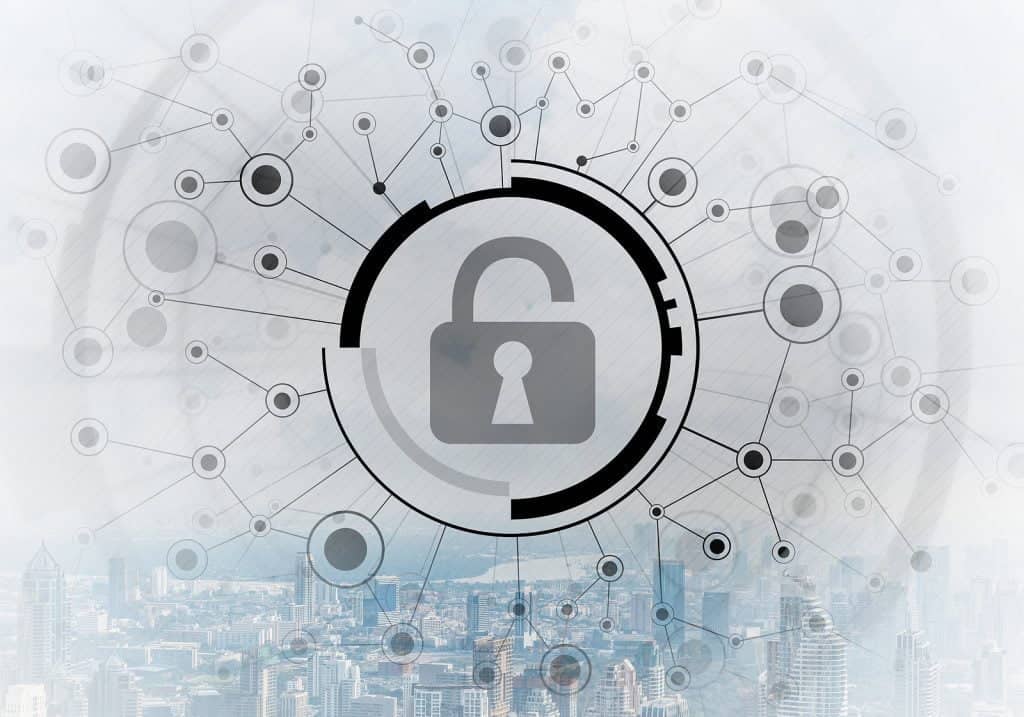Identity Management and Automation. What you need to know.
Table of Contents
ToggleThe global enterprise security landscape is awash with a plethora of solutions to keep organizations secure. Identity fraud statistics are not encouraging, to say the least. ID management or Identity management aims to identify, authenticate, and authorize individuals or groups to access applications, networks, or systems by matching established identities with user rights and restrictions.
Identity management systems offer assurances and enable tracking of employee activity. Knowing that only specific employees can view or implement applications and programs improves security and operations in any organization.
What is Identity Management and Why Does It Matter?
When the goal is to keep enterprise systems and data secure, Identity management and access control can help manage access to resources. Identity and Access Management (IAM) is a critical discipline for any IT operational group.
IAM in the enterprise context defines and manages roles and access privileges for individual network users and the determining factors for granting or denying users those privileges.
IAM systems primarily operate on the premise of one digital ID per person. It is not a one-off event. Upon establishing such digital identity, maintenance, identity monitoring, and modification continue throughout the user’s access lifecycle.
Why does identity management matter in the enterprise loop?
Granting access to the appropriate enterprise assets to every user, with the proper context, is the primary goal of identity management. According to Yassir Abousselham, Okta’s Senior Vice President and Chief Security Officer, it begins from the user’s system onboarding to permission authorizations to the offboarding of that user as and when due.
Administrators use IAM systems tools to change a user’s role, track their activities, generate reports on these activities, and enforce policies. Using identity management, it becomes possible to administer user access across an enterprise and ensure compliance with organizational policies and regulatory control.
How Automation Can Help in Identity Management
IAM technologies include everything from password-management tools to provisioning software to monitoring and reporting apps. They also have identity repositories and applications to enforce a security policy.
Various technologies can provide low maturity and high current business value. Let’s take API security, for instance. It allows IAM for use with B2B commerce. It also integrates with the cloud and IAM architectures based on microservices. Researchers say this can come in handy for single sign-on (SSO) for user-managed access or between mobile applications. Security teams can then manage personally identifiable data and IoT device authorization.
Customer identity and access management (CIAM) will enable robust user authentication and management. It’ll also allow self-service and profile management, along with integration with ERP, CRM, and other customer management systems and databases.
Identity analytics (IA) enables security teams to detect and prevent risky identity behaviors with machine learning, rules, and other statistical algorithms.
Some software-as-a-service (SaaS) solutions offer single sign-on from a dedicated portal to web applications and native mobile apps. These are part of the Identity as a service (IDaaS)infrastructure that provides some degree of user account provisioning and access request management.
Then, there are risk-based authentication (RBA)solutions that assess a user session and authentication in context to form a risk score. The organization can then inform high-risk users of two-factor authentication and enable low-risk users to authenticate using single-factor credentials such as password and username.
Identity management and governance (IMG) offers automated and repeatable ways to govern the identity life cycle. It is significant in complying with identity and privacy regulations. So at what point is it necessary to consider automating identity management processes.
When You Need to Consider Automation
Any enterprise security plan is incomplete without identity and access management. IAM is intrinsic to the security and productivity of the modern enterprise.
In a digitally-powered economy, compromised user credentials provide valuable access to an organization’s network and information assets. Automation becomes critical when enterprises start to consider the safety of their information assets against the growing threats of criminal attacks, ransomware, phishing, and other malware attacks.
Financial implications
In a world where global ransomware damage costs amount to several billion dollars per year, identity and access management is urgent and not optional.
When users begin to have more access privileges than they require, automating access security achieves an essential layer of protection that ensures consistent user access rules and policies across the organization.
Business productivity
IAM systems are also necessary to enhance business productivity. The central management capabilities can lower the cost and complexity of protecting user access and credentials. At the same time, identity management systems improve worker productivity and security in various environments (on-premises and off-premises).
Identity Management Processes to Consider Automating
Identity management systems must be comprehensive and robust to handle the complex nature of today’s computing environment. The reason is that previous enterprise computing environments were majorly on-premises, with simultaneous identity management authentication and tracking of users happening while they worked.
Modern identity management systems should enable administrators to easily manage and access privileges for various classes of users, including on-site employees and off-site contractors.
Other essential considerations include hybrid compute environments that consist of:
- l on-premise computing,
- l SaaS applications,
- l BYOD and shadow IT, users,
- l computing architectures, including Android, iOS, Windows, and Internet of Things (IoT) devices.
The identity management system should allow centralized user management to be consistent and scalable enterprise-wide.
Conclusion
On the strength of identity fraud statistics, governments are paying more attention to identity management. This awareness has brought about regulations such as HIPAA and the European Union’s GDPR.
In an interesting move, new cybersecurity regulations from the New York’s Department of Financial Services (NYDFS) became effective March 1, 2017. There are many security requirements for financial services present within the regulations to serve New York companies. These include the need to monitor the activities of authorized users and maintain audit logs. IAM systems are adequate for these tasks.
Identity management automation can improve the security of user access to data and enterprise networks. Identity management systems ensure that your IT department can focus on critical tasks that ensure compliance with government regulations. Deploying such systems is always more cost-effective than not being compliant.





